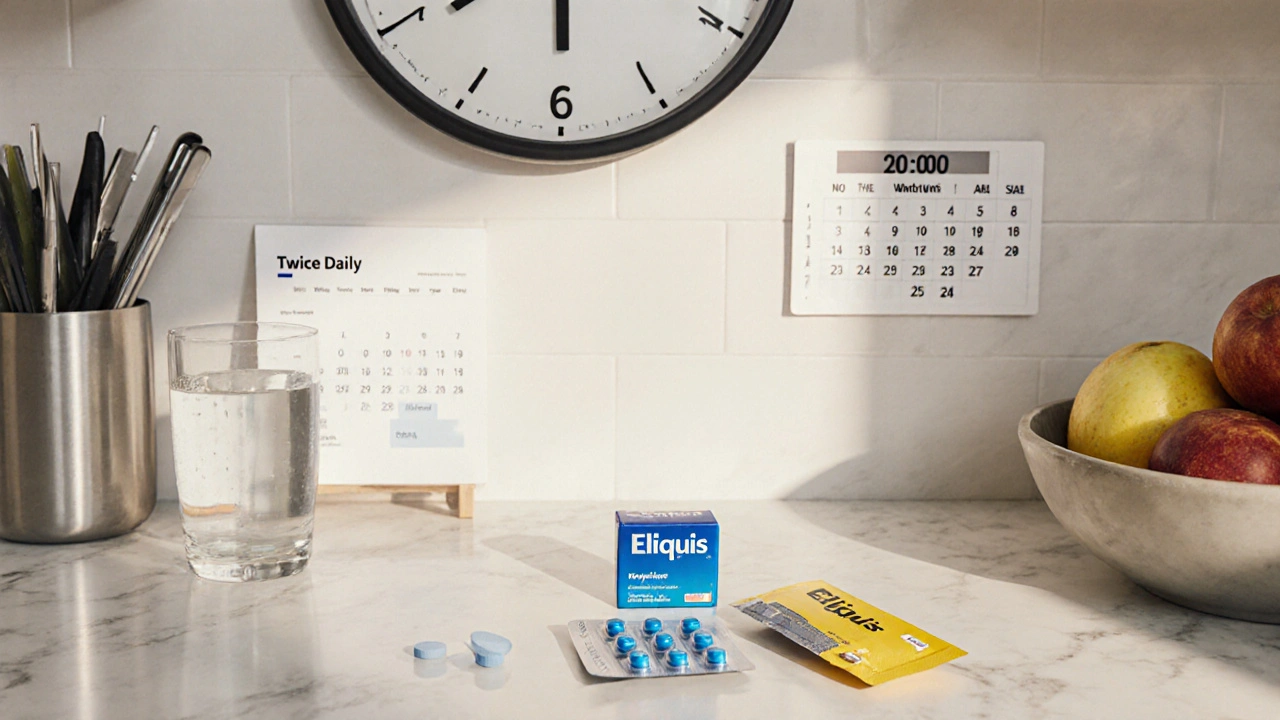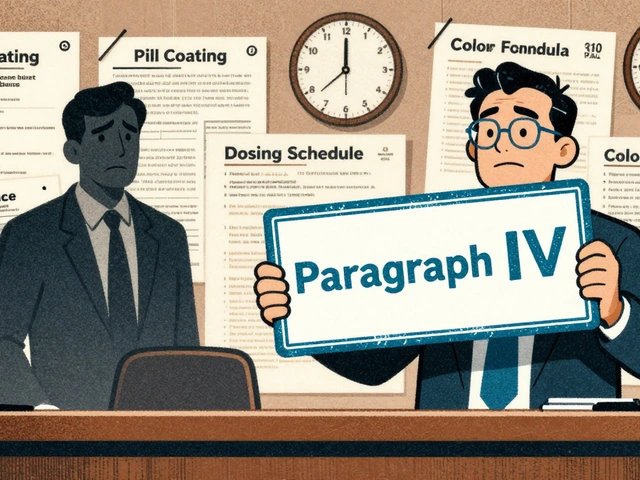Blood Thinner Comparison: What You Need to Know
When looking at blood thinner comparison, the process of weighing different anticoagulant drugs against each other. Also known as anticoagulant comparison, it helps patients and clinicians decide which medication fits a specific health situation. A good comparison looks at effectiveness, safety, cost and how often you have to test your blood.
One of the oldest agents in this field is Warfarin, a vitamin K antagonist that has been used for decades to prevent clots. Warfarin requires regular INR (International Normalized Ratio) monitoring, which means you need frequent blood draws to keep the dose right. This monitoring is a key attribute that separates it from newer options.
Enter Direct oral anticoagulants, a group of newer blood thinners that include dabigatran, rivaroxaban, apixaban and edoxaban. DOACs generally need less lab work, which makes daily life easier for many patients. They also have more predictable dosing, so the risk of major bleeding is often lower than with Warfarin, though every drug has its own side‑effect profile.
The cost factor ties the whole picture together. Warfarin itself is cheap, but the price of regular INR tests and clinic visits can add up. DOACs are pricier per pill, yet they often eliminate the need for routine blood monitoring, balancing overall expenses for many people. Insurance coverage and regional pricing can shift the balance, so checking your plan’s formulary matters.
Safety isn’t just about bleeding risk; it also includes drug interactions. Warfarin interacts with many foods and medications, especially those high in vitamin K. DOACs have fewer food interactions but can clash with certain anti‑platelet drugs or strong CYP3A4 inhibitors. Knowing these interaction patterns is crucial for anyone managing multiple prescriptions.
How to Choose the Right Anticoagulant for You
Choosing hinges on three main attributes: monitoring needs, cost considerations, and interaction profiles. If you prefer fewer clinic visits and have stable kidney function, a DOAC may be the better fit. If you have a history of fluctuating INR or need a medication that can be quickly reversed, Warfarin might still be the go‑to. Discussing lifestyle, travel plans, and other health conditions with your doctor will clarify which side of the comparison works for you.
Another practical piece is reversal. Warfarin can be reversed with vitamin K and fresh frozen plasma, while specific antidotes exist for some DOACs (like idarucizumab for dabigatran). Having an antidote on hand can influence emergency planning, especially for patients prone to falls or surgeries.
Finally, remember that guidelines evolve. Recent studies suggest certain patient groups—such as those with atrial fibrillation and low bleed risk—benefit more from DOACs, while patients with mechanical heart valves still rely on Warfarin. Staying updated with the latest recommendations ensures you’re not stuck with outdated information.
Below you’ll find a curated list of articles that dive deeper into each of these angles—price breakdowns, monitoring tips, side‑effect management and real‑world patient stories. Use them to build a complete picture and make an informed decision about your blood thinner therapy.










